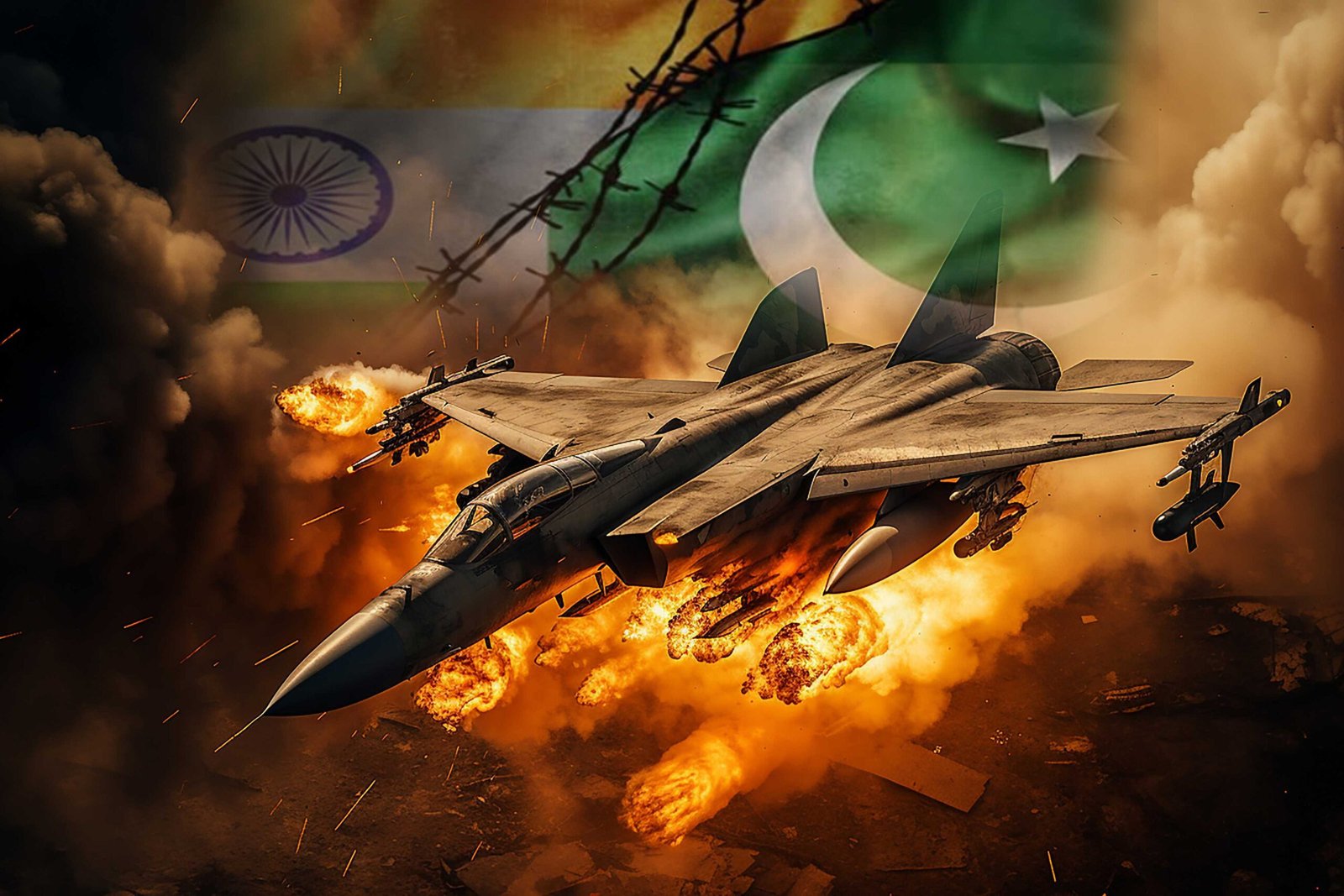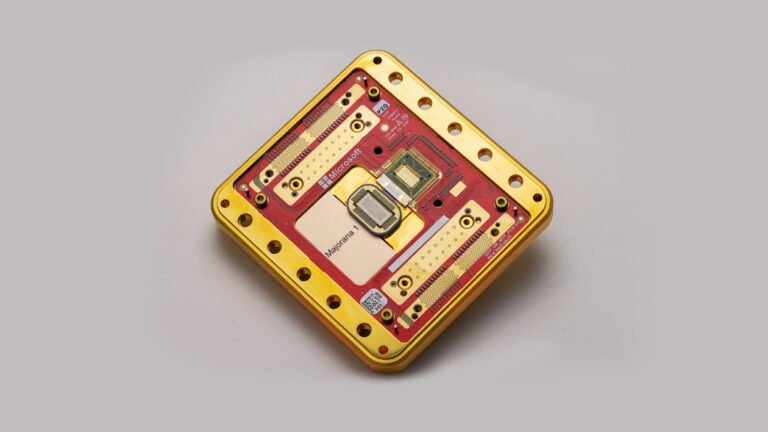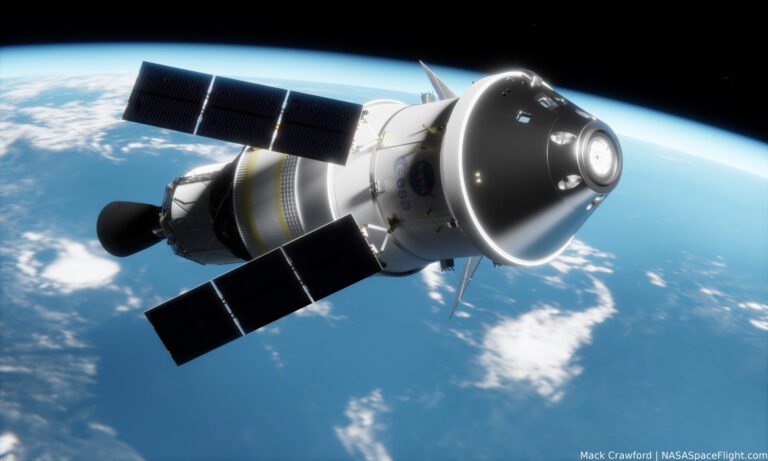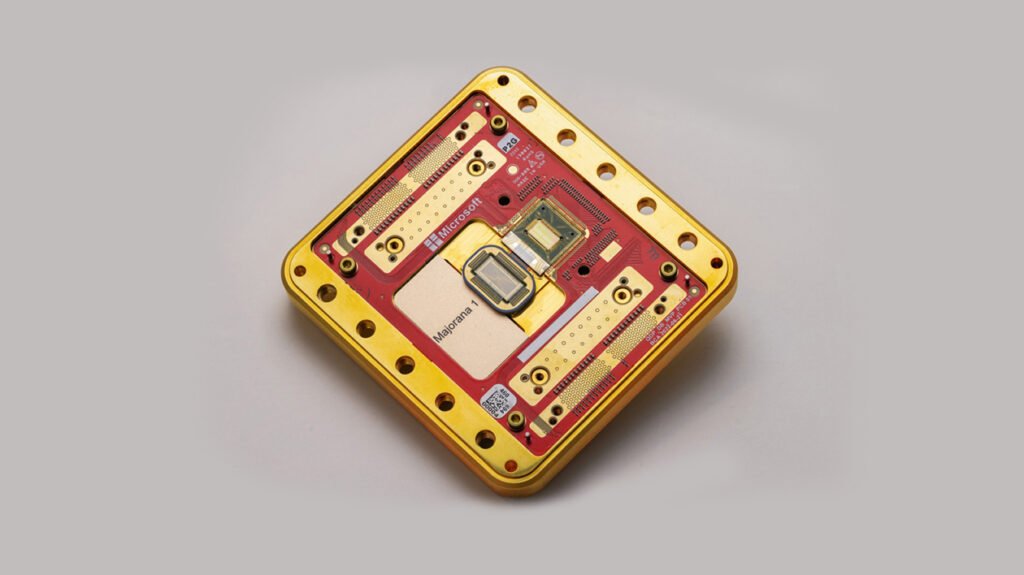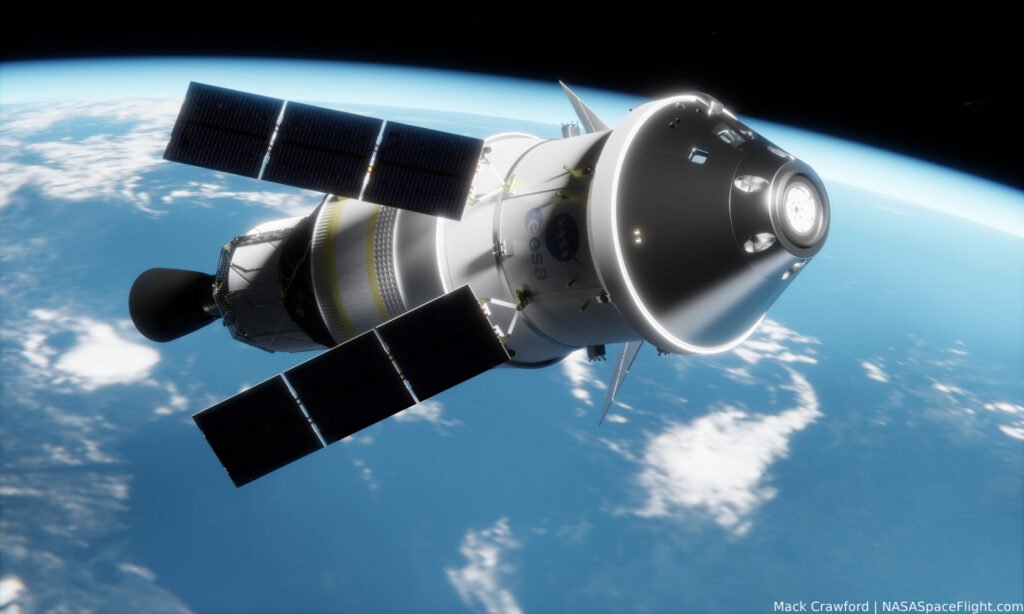On the night of May 7, modern history witnessed its largest aerial dogfight as Pakistan and India engaged in a high-stakes fighter jet battle involving 125 aircraft. According to a CNN report, the 59-minute clash saw 42 Pakistan Air Force (PAF) jets face off against 72 Indian Air Force (IAF) jets in one of the most intense military encounters in decades.
India-Pakistan Fighter Jet Battle: The Numbers That Shocked the World
As reported by DG ISPR, the Pakistan Air Force secured a decisive 5-0 victory, allegedly downing five Indian fighter jets. The reported Indian losses include:
- 3 Rafales (2 confirmed by U.S. officials, 1 by a French official)
- 1 Mirage 2000
- 1 MiG-29
- 1 Su-30MKI
These claims are currently being analyzed globally, as both countries maintain military secrecy.
Advanced Weaponry in the India-Pakistan Fighter Jet Battle
The dogfight featured Chinese-made Pakistani J-10 aircraft clashing with French-made Indian Rafales, putting some of the world’s most advanced fighter jets head-to-head in active combat.
One U.S. official confirmed that Pakistan used the J-10 to launch air-to-air missiles against Indian aircraft. The global defense community is closely analyzing the Chinese PL-15 missile and the European Meteor missile reportedly involved.
Experts have also emphasized the significance of this encounter, particularly due to the real-time use of next-gen missiles in a fast-paced battle environment.
Strategic Outcomes of the India-Pakistan Fighter Jet Battle
Additionally, analysts believe that militaries worldwide — especially those in the U.S., China, and Europe — are eager to understand:
- Tactics and training of pilots
- Performance of missiles like PL-15 vs Meteor
- Interoperability of Eastern and Western fighter tech
- Ground intelligence and command decisions
As a result, this aerial engagement is being described as a “real-world simulation” of future potential conflicts — particularly in high-tension zones like the Indo-Pacific and Taiwan Strait.
What the India-Pakistan Fighter Jet Battle Teaches the World
Douglas Barrie, senior fellow at the International Institute for Strategic Studies, described it as a “rare moment of visibility” into modern air warfare.
He emphasized the interest surrounding:
- Pilot capabilities
- Integration of new-generation jets
- The actual vs advertised performance of cutting-edge missiles
Western defense experts noted that arms manufacturers will be conducting their own assessments, as this battle provides real-time combat feedback — similar to what’s being monitored in the Ukraine conflict.
Conclusion: A New Era of Air Warfare Begins
The India-Pakistan jet battle has changed the way air warfare will be perceived going forward. With global attention focused on the performance of Chinese and European defense technology, this clash marks a turning point.
As more information surfaces, the lessons learned from this high-profile encounter will likely influence global military strategies for years to come.
Moreover, the dogfight revealed critical lessons. Pilots responded quickly. Jets maneuvered aggressively. Missiles launched within seconds. Meanwhile, ground teams tracked every movement. As tensions escalated, every decision counted. Consequently, global military experts now study this clash closely. They aim to learn, adapt, and prepare for the future.
For more news and updates, please visit PFM Today.

